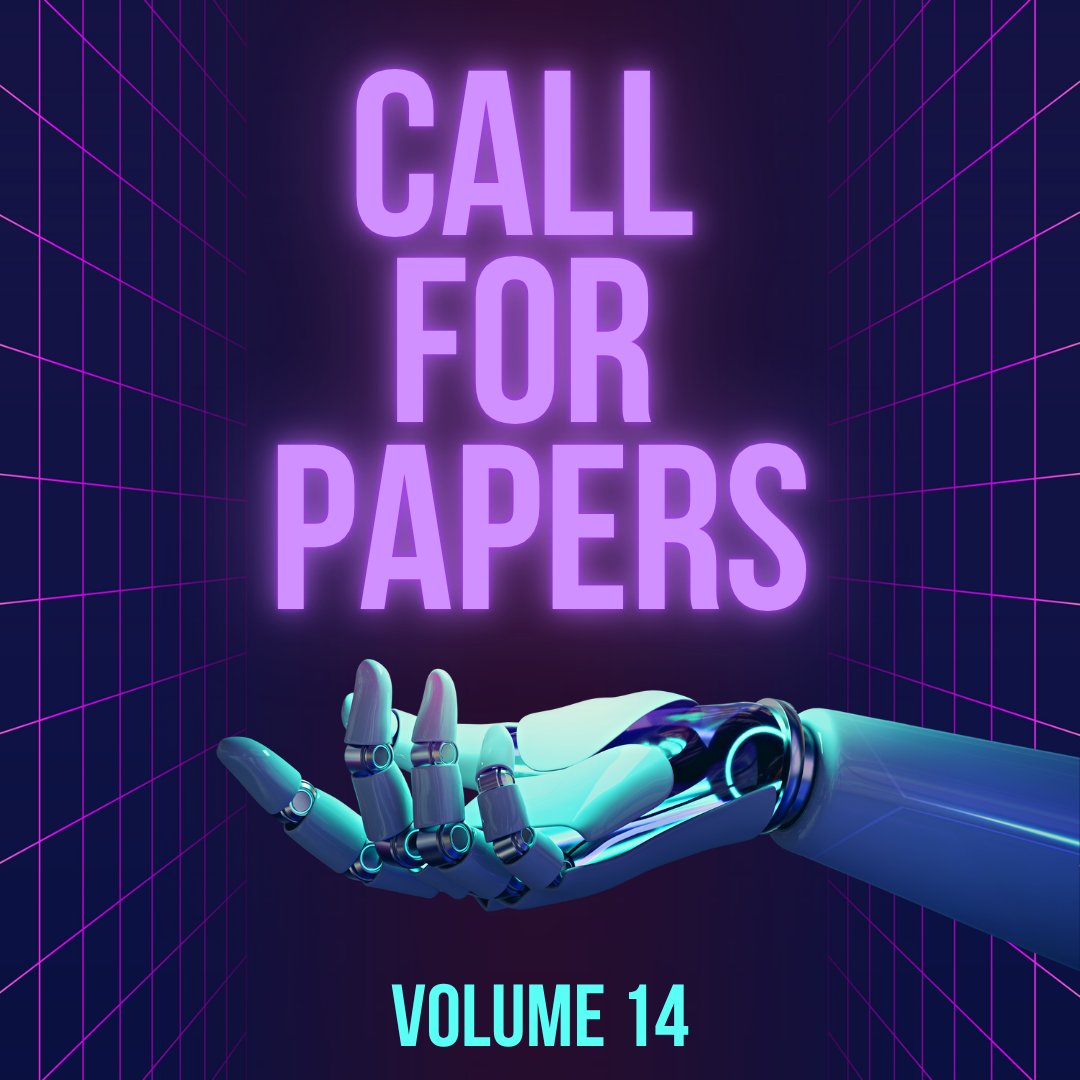Turbofan Engine Remaining Useful Life Prediction Using 1-Dimentional Convolutional Neural Network
Keywords:
CNN, Prediction, Remaining Useful Life, RUL, Turbofan EngineAbstract
Turbofan engines have been the dominant type of engine in aircraft for the last forty years. Ensuring the quality of these engines is crucial for flight safety, particularly for long-distance flights. However, their performance degrades over time, impacting flight safety. To address this issue, it is essential to predict potential engine failures by estimating the Remaining Useful Life (RUL) of the engines Deep learning, especially Convolutional Neural Networks (CNNs), has demonstrated exceptional proficiency in handling intricate, non-linear data, leading to improved RUL predictionsdue to their ability to process complex and non-linear data. In this project, a 1-D CNN is used to predict RUL using the NASA C-MAPSS FD001 dataset, which consists of 3 settings and 21 sensors, though sensors with stagnant readings are excluded. The dataset is normalized using min-max and z-score methods, and then segmented into sequences for input into the 1-D CNN model. Various training scenarios were evaluated, with the best RMSE of 3.26 achieved using 10 epochs, a learning rate of 0.0001, and z-score normalization. The results indicate that feature selection can produce a lower RMSE compared to scenarios without feature selection.



